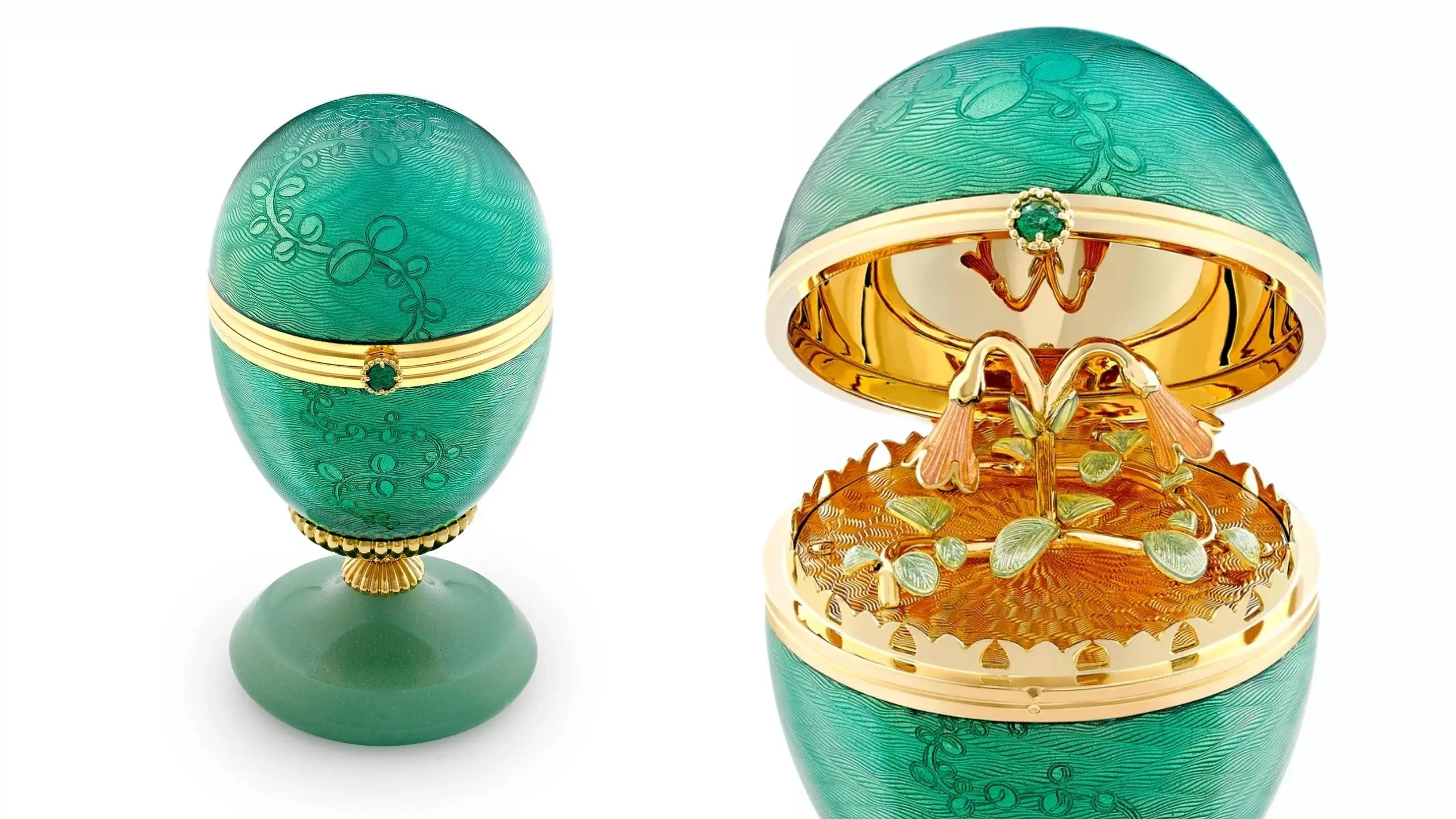Easter may conjure up images of pastel-dyed eggs and chocolate bunnies, but in the world of high jewelry, the holiday finds a more extravagant expression in the form of the legendary Fabergé Eggs—bejeweled masterpieces that have long captivated collectors and connoisseurs alike. While Easter eggs have been both a Christian and pagan tradition for centuries, the story of the Fabergé Egg began in 1885—not in a jewelry atelier, but rather in the court of the Russian Empire. Peter Carl Fabergé, a young jeweler with a growing reputation for exquisite craftsmanship, was commissioned by Tsar Alexander III to create an Easter gift for his wife, Empress Maria Feodorovna. What he delivered was the first Imperial Fabergé Egg—an unassuming, white enameled shell that opened to reveal a golden yolk, which in turn encased a golden hen, and inside that, a miniature diamond crown and ruby pendant. A marvel of creativity and mechanical..

